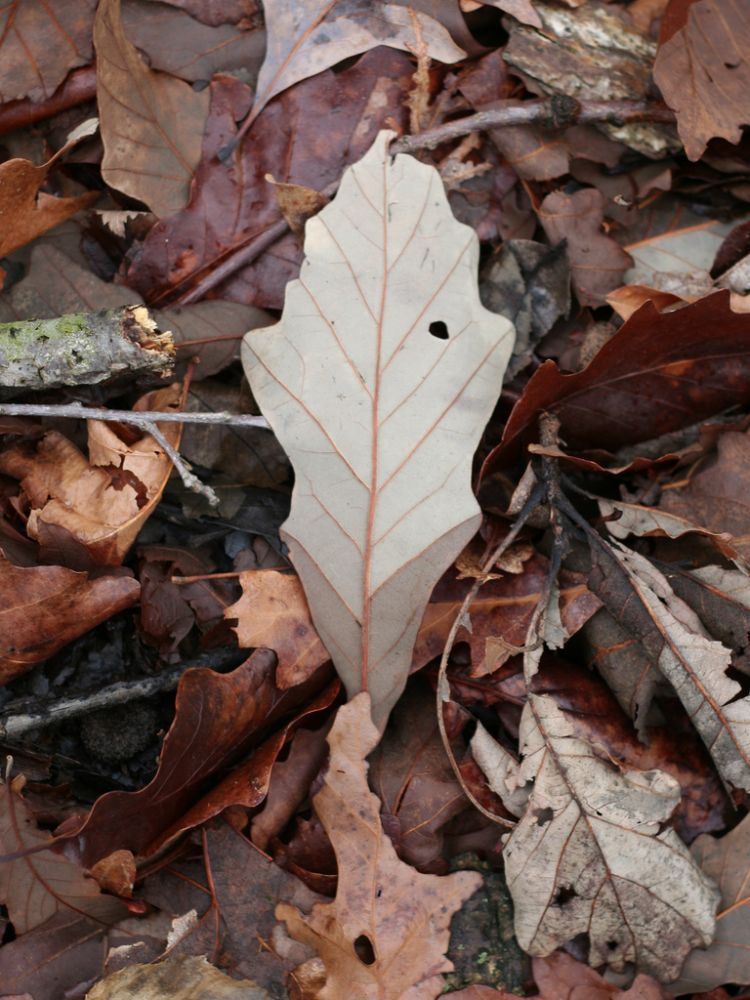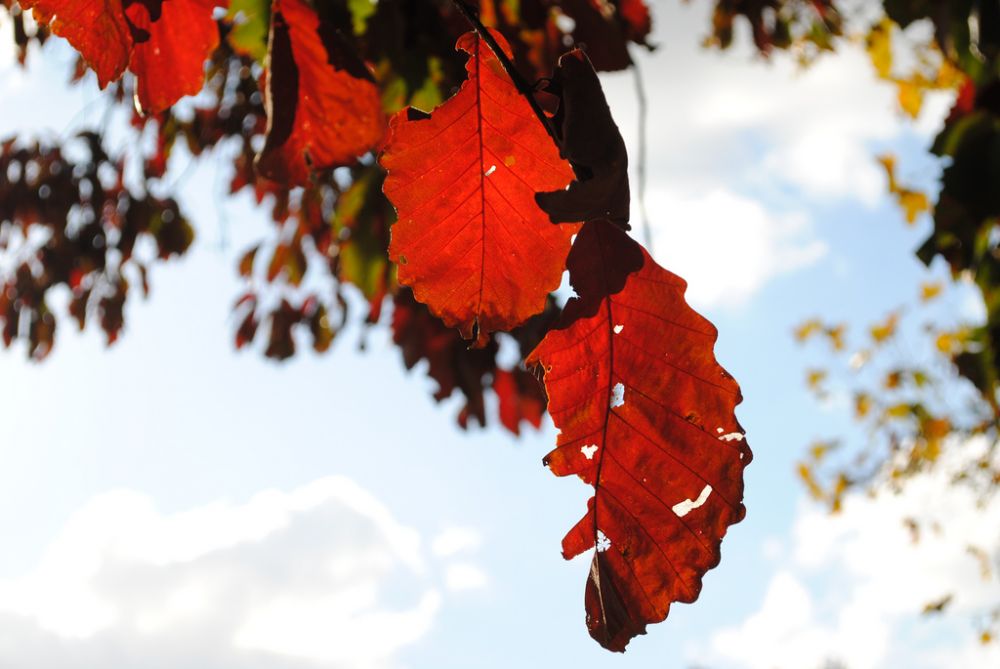The swamp white oak (Quercus bicolor) is known for much more than just its stunning good looks and superior shading ability. Unlike other native oak trees (including the closely related white oak), the swamp white oak is actually quite uncommon in Ontario, which is weird because this tree has been known to reach 300-350 years old! Where small stands are present (the Niagara Region and along the eastern Ontario-Quebec border), the swamp white oak is naturally found (as its name suggests) in swampy bottomlands along streams and lakes and along lowland valleys and floodplains. As a result of this natural habitat, the swamp white oak has adapted to grow in a variety of soil types and in full sun or partial shade and can even tolerate seasonal flooding!

As a well-rounded tree (pun intended because it does have a broad, rounded crown), the wood of the swamp white oak is commercially valuable and is often cut and sold as white oak for general construction, distinct pieces of furniture, veneers, flooring, fence posts and railroad ties. The mulch of the dead foliage has been used to repel slugs, grubs and other various insects and the bark can be boiled with hemlock and maple bark to create a liquid which is believed to prevent and remove rust.

The acorns are the sweetest of all oak acorns and are an important food source for squirrels, mice, white-tailed deer, beavers, black bears and a variety of birds such as ducks and turkeys. Likewise to animals, the swamp white oak acorn is also edible to humans and has been traditionally used as a thickening agent for stews, a substitute for coffee and flour for cakes, breads, and muffins. Acorns were also prepared by burying them in the boggy ground over the winter and then digging them up in the spring after the tannins (bitterness) leached out.

Although tannins where leached out for cooking, they did come in handy for making dyes. Furthermore, due to the natural astringency present in the acorn (a chemical compound that can shrink body tissue), they were also used to treat cholera and broken bones, and more recently, it has been used in the treatment of hemorrhages, chronic diarrhea and dysentery, according to the United States Natural Resources Conservation Service.
Not only can we utilize the swamp white oak in many different ways, but it also has some pretty fantastic physical features that are very aesthetically pleasing to the eye. As its specific epithet suggests (bicolor), the swamp white oak’s moderately lobed leaves are uniquely bicoloured with an upper surface of shiny, dark green and an underside of fuzzy pale greenish-white - the tree’s most noteworthy characteristic. In the fall, these bicoloured leaves turn a yellowish-gold, and sometimes even a reddish-copper colour, making it look like a blazing sunset. Maturing in early fall, the oval acorns can be found hanging solitary or paired on long stalks and covered by swollen scaled cups. Its non-showy flowers appear in separate male and female catkins around May to June. The deeply ridged bark is brownish-grey in colour and often peels off in large, papery curls, creating a natural appearance.

So, if you are looking for a uniquely awesome, medium-sized, multipurpose deciduous tree, this one is for you! Check out the swamp white oak on our website and set up a consultation with one of our arborists this spring to get one for your yard!
Brenna is LEAF's Field Operations Coordinator
